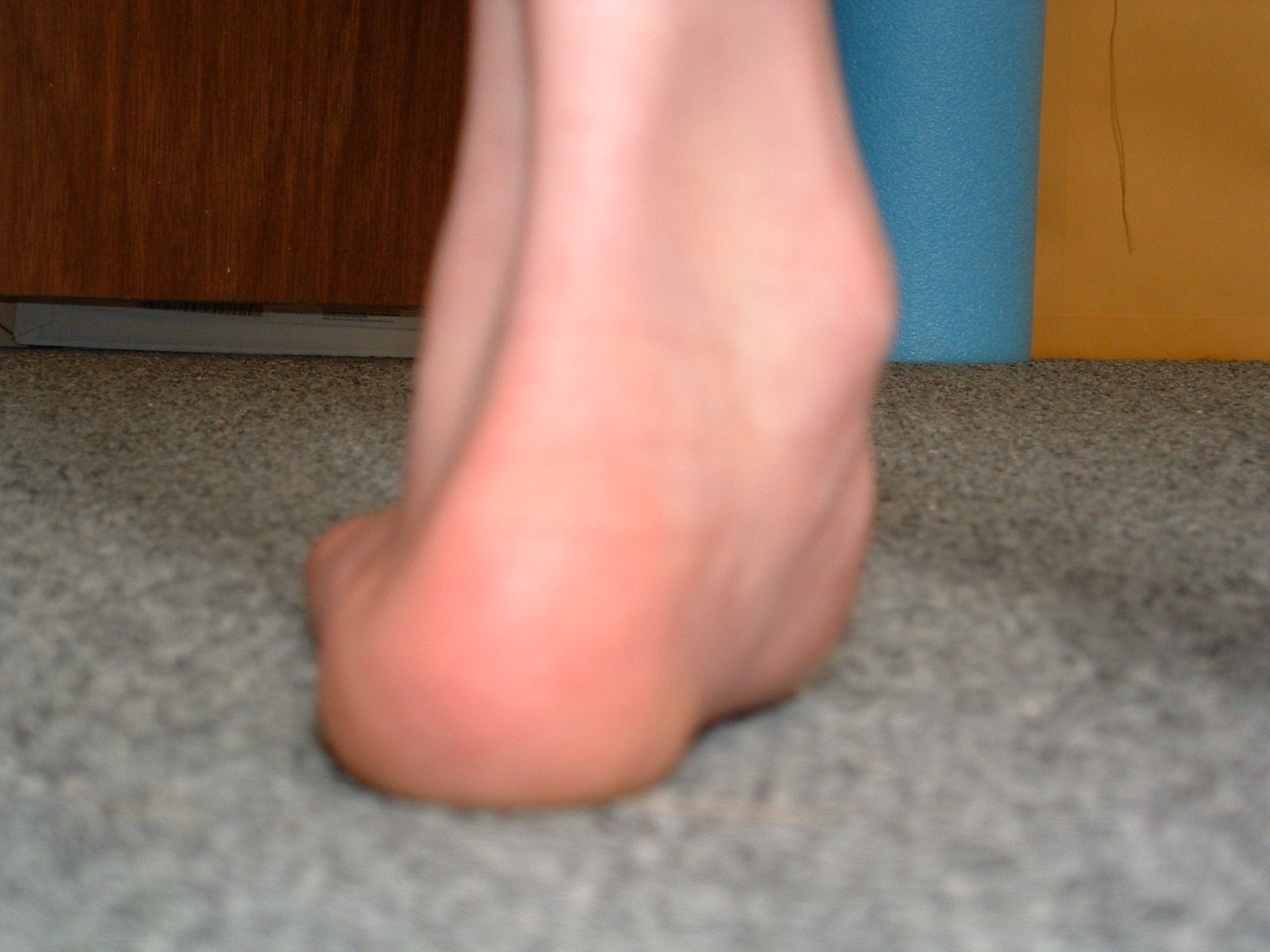External Tibial Torsion as expressed during gait.
So, last week we watched this young lad doing some static ankle and knee bends, essentially some mini squats. Here was what we found (LINK). It is IMPERATIVE that you watch this LINK first before watching today’s video above.
Now that you have watched that link here is what you should be seeing today.
You should see that the left foot is extremely turned out. We talked about why in the linked post from last week. It is because of the degree of external tibial torsion. When it is present the knee rides inside the foot progression line (the knee bends into the forward / sagittal plane when the ankle bends into its more lateral /coronal / frontal plane (they all mean the same thing) ie. when the foot points outwards.
Remember, the knee has only one choice of motion, to hinge forward and backward. When the knee is asked to hinge in any other direction once the foot is locked to the ground there is torque placed upon the knee joint and thus shear forces. Menisci do not like shear forces, nor does articular joint cartilage.
So, once again we see the rule of “you cannot beat the brain” playing out. The brain took the joint with the least amount of tolerance, the knee, and gave it the easy job. The foot was asked to entertain another plane of motion as evidenced here in this video with significant increased foot progression angle.
When the foot progression angle is increased but the knee still must follow the forward body progression (instead of following the foot direction) the motion through the foot will be directly through the medial longitudinal foot arch. And as seen here, over time this arch will fail and collapse.
Essentially this lad is hinging the ankle sagittally / forward through the subtalar and midtarsal joints, instead of through the ankle mortise joint where ankle hinging normally should occur.
This is a recipe for disaster. As you can see here. You MUST also know and see here that there is an obvious limp down onto that left limb. It appears the left limb is shorter. And with this degree of external tibial torsion and the excessive degree of foot pronation, the limb will be shorter. You need to know that internal limb spin and pronation both functionally shorten the limb length. This fella amongst other functional things is going to need a full length sole lift. We will start with 3mm rubber infused cork to do so. And let him accomodate to that to start.
We will attempt to correct as much foot tripod (anti-pronation) control as possible to help reduce leg shortness as well as to help reduce long term damage to the foot from this excessive pronation. We will also strengthen the left gluteus medius (it was very weak) to help him engage the frontal/lateral/coronal plane better. This may bring that foot in a little. But remember, the foot cannot come in so far that it drives the knee medially. Remember who is ruling the roost here !…… the knee. It only has one free range, the hip and foot have 3 !
Shawn and Ivo































